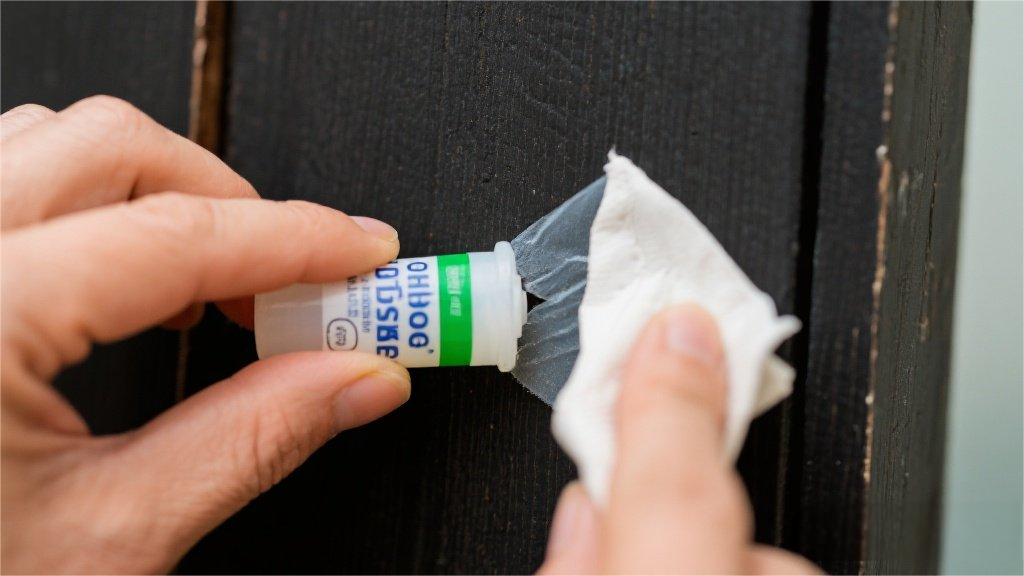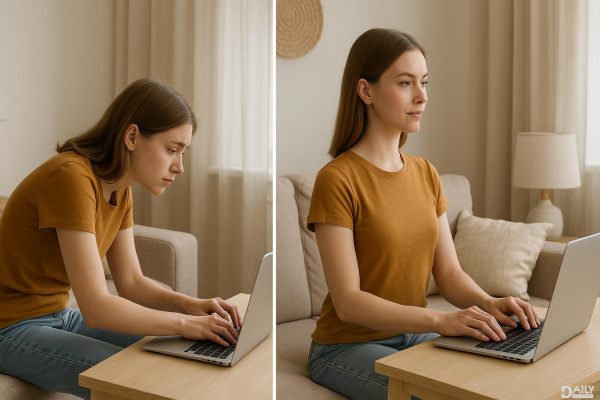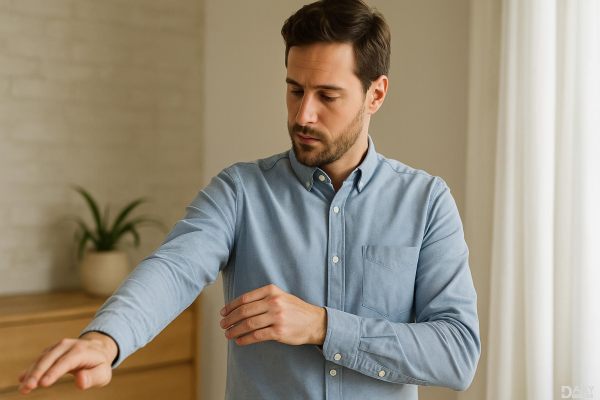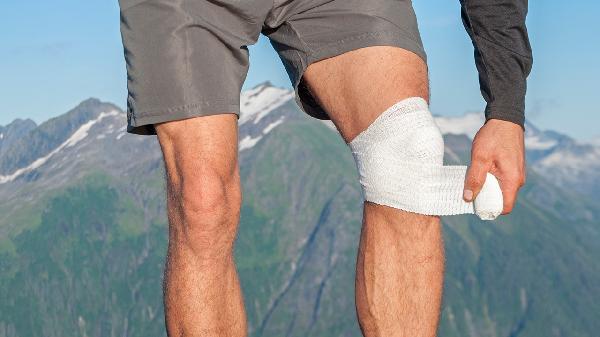If the memes we're all posting are anything to go by, the first weeks of social distancing had us snapping at our loved ones and feeling unmotivated, sluggish, stressed, and anxious. In a bid to remedy our dismay, we've become a nation of banana-bread-baking, video-dating, headstand-practicing overachievers. Sleeping seems to be the one thing we're not doing much of in a bid to feel as productive as possible. But it turns out, daily naps, far from being a sign of laziness, could be the answer to your woes.
Our Bodies Are Literally Telling Us to Nap
An effective nap has the ability to boost your mood and leave you more alert — plus, our DNA is practically begging for one. "All humans, irrespective of culture or geographical location, have a genetically hardwired dip in alertness that occurs in the midafternoon hours," explained Dr. Matthew Walker, a neuroscience professor at University of California, Berkeley. During a typical workday, a coffee run would get most of us through the rest of the afternoon. However, according to The National Sleep Foundation, a nap can bring about a more superior improvement in productivity.
Your ability to work better from home is not the only byproduct of this Einstein-approved practice. If you're feeling like a cranky toddler, a daytime snooze will help alleviate your bad mood and ease tension, anxiety, and stress — which should leave you more upbeat — and get you feeling relaxed and far more patient with those you're distancing with (whether that's your family or your roommates).
When It Comes to Midday Napping, Timing Is Everything
Napping always feels like a good idea until you wake up three hours later feeling groggy, followed by spending the early hours of the night staring at the ceiling counting sheep. That's why timing is everything. "If you nap for longer than 20 minutes, you will begin to enter the REM stage, which is one of the deepest stages of sleep," explained Dr. Nerina Ramlakhan, a physiologist and sleep therapist. "Interrupting this stage is what gives you sleep inertia, which is that groggy, sick feeling you get after a badly timed nap."
A successful nap occurs in the light stages of sleep and can feel like you're neither asleep nor awake. "You'll most likely still be aware of thoughts, noises, and sensations while being in a deep state of relaxation," Ramlakhan said.
But Stay Clear of Your Bedroom
How and when you nap is important, too. "That natural dip in energy occurs around 2 to 3 p.m., making this the best time to power nap. But try to avoid getting into bed, or at the very least under the covers. You don't want to feel too comfortable, as you're more likely to sleep longer if you do. This may have a negative impact on the quality of your nightly snooze," Ramlakhan said. Dim the lights, ensure the temperature is cool, and avoid wearing anything too warm and cozy. And if your mind is racing, try some white noise or calming music to help you relax.
The Science Behind the Perfect Nap
Ever wonder why some naps leave you refreshed while others make you feel like you've been hit by a truck? It all comes down to sleep cycles. A short nap of 10 to 20 minutes keeps you in the lighter stages of sleep, making it easier to wake up feeling rejuvenated. Push past that sweet spot, and you risk diving into deeper sleep stages, which can leave you disoriented and even more tired than before.
Research from NASA found that a 26-minute nap improved pilot performance by 34% and alertness by 54%. Meanwhile, a Harvard study showed that a 45-minute nap can enhance memory and learning. But here’s the kicker—anything longer than 90 minutes can throw off your circadian rhythm, making it harder to fall asleep at night. So, unless you're pulling an all-nighter, keep it short and sweet.
Napping Like a Pro: Tips and Tricks
If you're new to the napping game, here’s how to do it right. First, find a quiet spot—your couch, a recliner, or even your car (parked, obviously). Avoid bright screens beforehand; that Instagram scroll can wait. Set an alarm for 20 minutes max—this isn’t the time to test your willpower. And if you're worried about oversleeping, try the "nap-a-latte" trick: drink a cup of coffee right before your nap. The caffeine kicks in just as you're waking up, giving you an extra boost.
For those who struggle to nap during the day, don’t force it. Some people just aren’t wired for midday shut-eye, and that’s okay. Instead, focus on improving nighttime sleep quality—because let’s be real, nothing beats a solid eight hours.
The Dark Side of Napping (Yes, There Is One)
Before you turn into a full-time napper, there are a few caveats. Chronic long naps (over an hour) have been linked to higher risks of heart disease and diabetes. And if you're already struggling with insomnia, daytime napping might make it worse. The key is balance—think of naps as a quick recharge, not a substitute for proper sleep.
Also, be mindful of your sleep environment. Napping in a noisy, bright, or uncomfortable space can do more harm than good. If you're constantly waking up feeling worse, it might be time to reevaluate your napping strategy.
At the end of the day, naps aren’t a one-size-fits-all solution. But when done right, they can be a game-changer for your mood, productivity, and overall well-being. So go ahead, give yourself permission to hit pause—your brain (and your coworkers) will thank you.
























